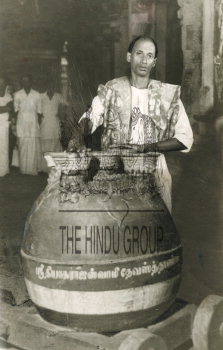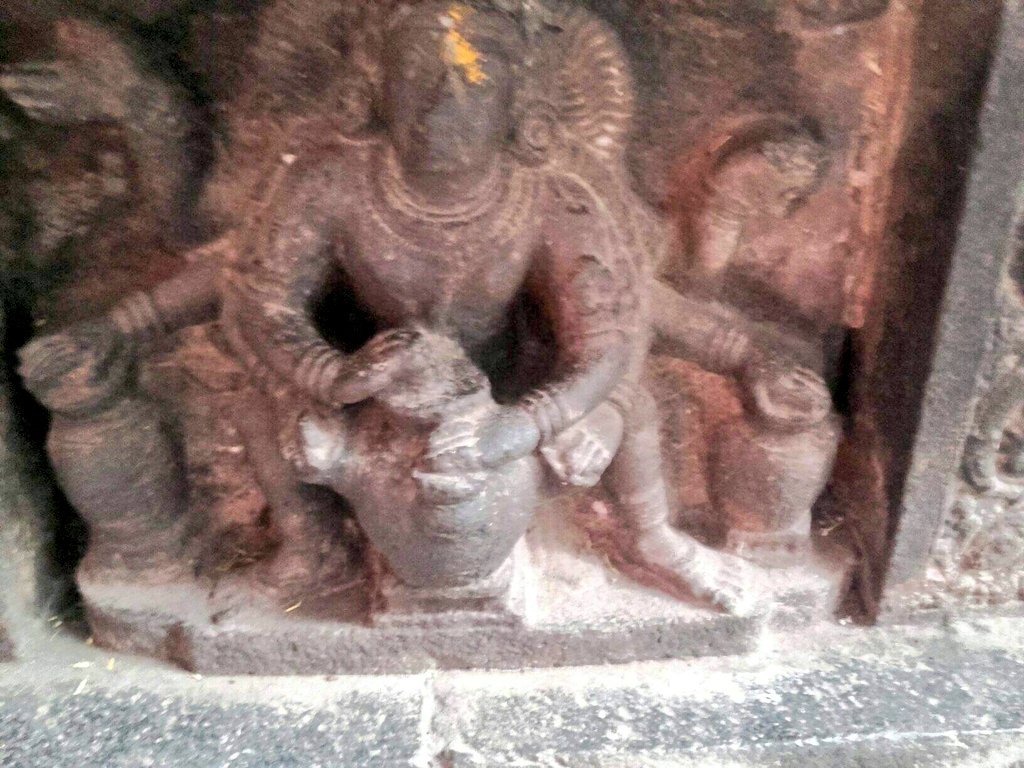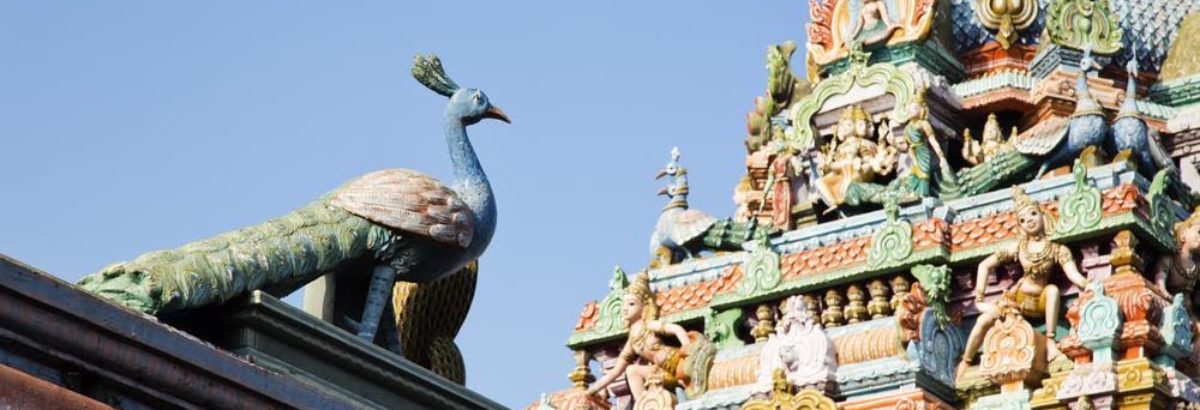Swami Vivekananda says:- If a man can realise his divine nature with the help of an image, would it be right to call that a sin? Nor even when he has passed that stage, should he call it an error. To the Hindu, man is not travelling from error to truth, but from truth to truth, from lower to higher truth. To him all the religions, from the lowest fetishism to the highest absolutism, mean so many attempts of the human soul to grasp and realise the Infinite, each determined by the conditions of its birth and association, and each of these marks a stage of progress; and every soul is a young eagle soaring higher and higher, gathering more and more strength, till it reaches the Glorious Sun..
So in every religion, there are three parts; philosophy, mythology, and ritual. Philosophy of course is the essence of every religion; mythology explains and illustrates it by means of the more or less legendary lives of great men, stores and fables of wonderful things, and so on; ritual gives to that philosophy a still more concrete form, so that every one may grasp it.
Ritual is also called Karma; it is necessary for every religion, to explain its philosophy through Karma and to make understand the followers of that particular religion and spiritual things till they acquire proper maturity spiritually. Man is also a kind of symbol. Words itself the symbols of thought.
All the symbols have very many reason behind them. There are some natural association between the humans and the symbols and even to Gods. In fact, the symbols to represent ideas may be of two types.
- Sound symbol
- colour symbol.
When the five karma indriyas and five gnana indriyas working, they can choose whatever type of symbol they want. For example, deaf and dumb people will think of colour symbols, whereas blind people can think of sound symbols. It is said that every though in the mind has a form as its counterpart ie.. with name and form.
so according to Swami Vivekananda, In religion we have first, symbols and forms; next, mythology; and last, philosophy. The first two are for the time being; philosophy is the underlying basis of all, and the others are only stepping stones in the struggle to reach the Ultimate.
The sun and the lotus were the first symbols.
The importance of sun we all know. The Lotus, the flower is closely associated with all Gods.
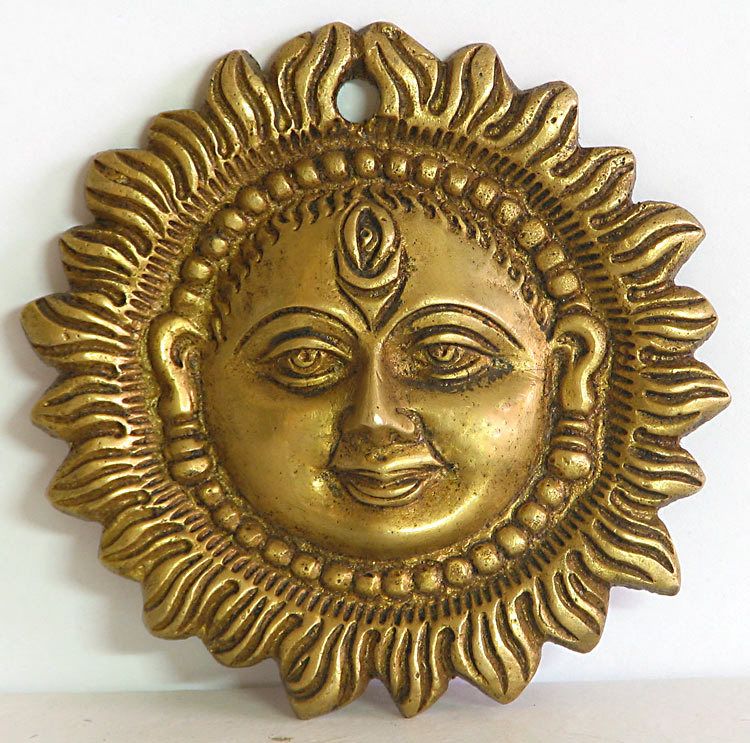
- Sun : In ancient days, it is believed that the Sun is the God of Justice. Surya is the Hindu God. The solar deity. The margam of praying to God Surya is called Saura tradition or Saura margam. Surya is an epithet for the mummoorthys Brahma, Vishna and Maheswara, that is the creator (GENERATOR – G) , the operator (OPERATOR – O) and the destroyer (DESTROYER-D) THAT MEANS SURYA HIMSELF GOD..Surya is the dispeller of darkness, and He who empowers knowledge, the good and all life.
- Surya is the giver of life, light and energy from ancient times, in every land, the sun has been recognized and adored as the most patent symbol of the Supreme.
- Sage Agastya instructs Sri Rama to have the blessings of Surya. Sage Agastya boost up Rama to chant the Adityahiridayam, the hymn on the Solar deity.

- The most powerful sacred mantra, “Gayathri” has been addressed to Lord Surya Narayanamoorthy, requesting Him to stimulate our consciousness.

- It is said that the seven horses are named after the seven meters of Sanskkrit prosody: Gayathri, Brihati, Ushnih, Jagati, Trushtubha, Anushtubha and Pankti.

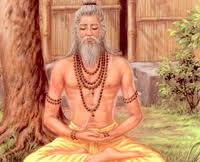
- it is also said that it is the seven colors of the sun light which reach us on our earth, give us warmth, balance our life and sustain the life.
- And also Horses, in Vasstu sastra, symbolizes success, progress and power. Horse is a smart, loyal and brave, and has an air of nobility, grace and elegance, for which it is believed that the running horse statues bring good luck.
- The best example for One appearing as many is explained by the the simile of the one sun in the sky getting reflected as so many solar images in a number of water pots. it is explained as the images may seem to disappear when the pots are broken, but the real sun i.e. Brahman is not affected in the least.
—- to be continued..
—PROF. DR.V.MEENAKSHI JAYAKUMAR

